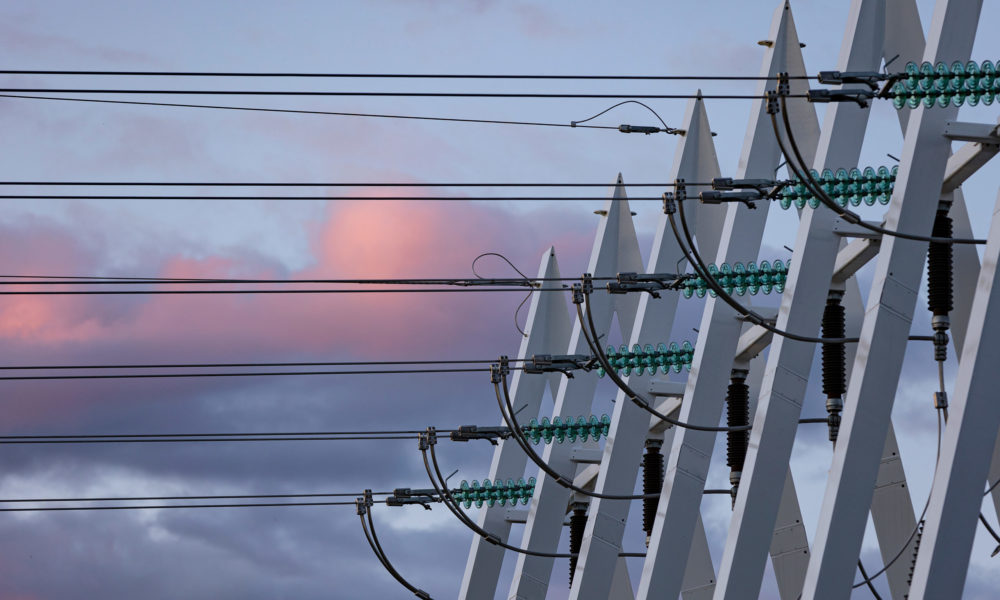Fingrid has put together a reference group of Finnish industry operators to enhance implementation of 15-minute imbalance settlement, consider the details of implementation and communicate with industry actors.
In the first phase, the 15-minute imbalance settlement period will apply to intraday electricity market trade and the balancing power market. Finland should switch to the 15-minute period at the same time as other Nordic countries so that it can operate and trade on common markets and avoid unnecessary costs to consumers. Without joint-Nordic electricity markets, Finland won’t be involved in the development of real-time markets.
The energy transformation and an increasing amount of inflexible production mean that consumption will have to be more flexible in the future. The 15-minute imbalance settlement period helps meet this need. The shorter imbalance settlement period puts a more accurate value on the price of electrical energy, which can subsequently increase investments in new technology, such as consumption flexibility. It also lowers the threshold to participation in the intraday and balancing power markets, enables better market integration between the Nordic and Central European electricity markets, and improves the operational reliability of the power system.
The transition to 15-minute imbalance settlement period will affect all parties that actively operate in the electricity market. It will require changes in, for example, planning of consumption and production, energy metering, and computer systems. On the other hand, the shorter imbalance settlement period will provide opportunities to implement new technology and allow new actors to participate more actively in the electricity market.






